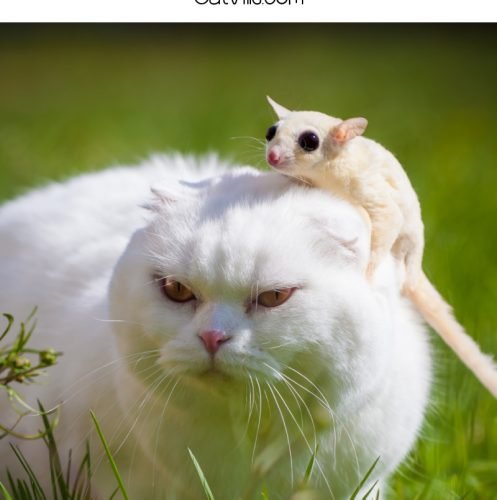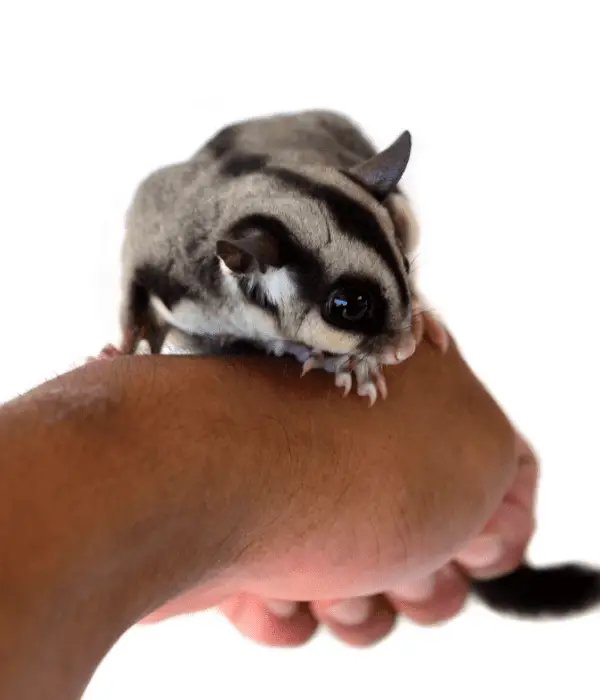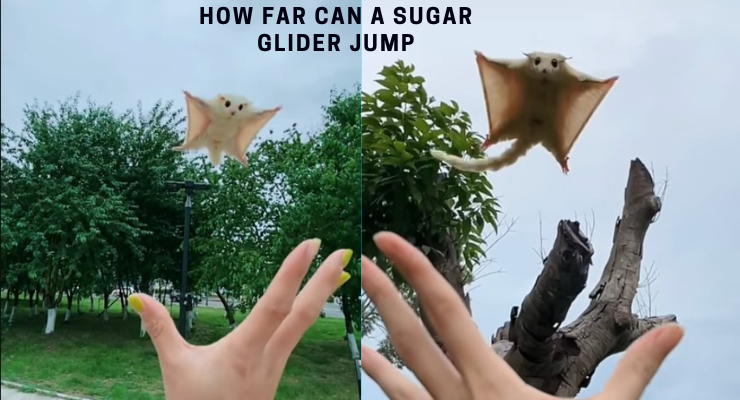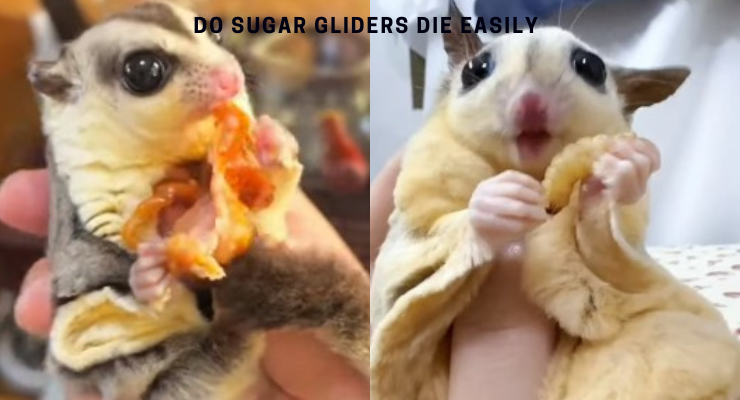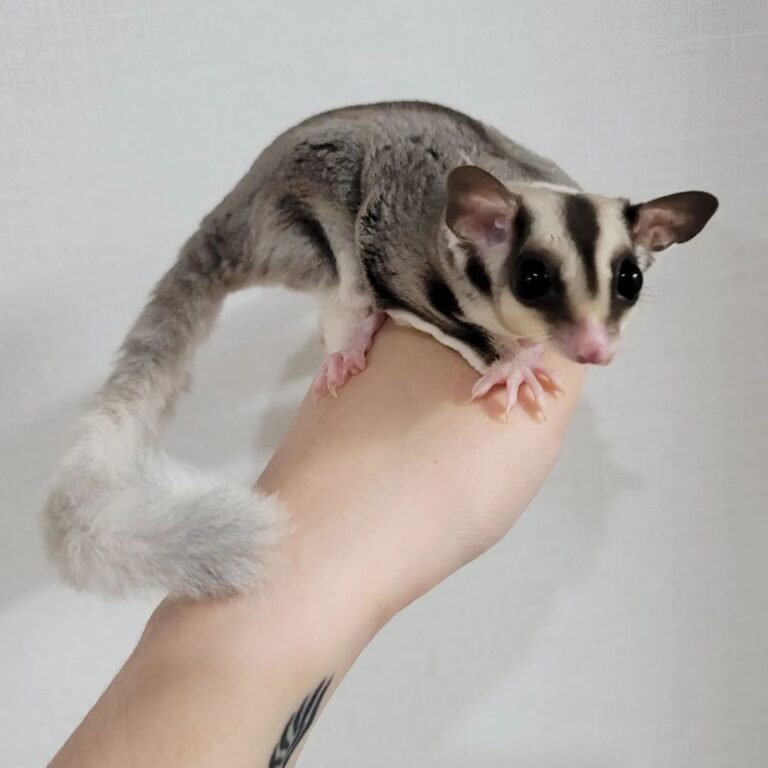Handling Sugar Gliders Taming VS Bonding Behavior Insights
Sugar gliders, also known as sugar bears or baby sugars, are fascinating creatures that captivate the hearts of many. But have you ever wondered how to truly connect with these adorable marsupials? Building a strong bond with your sugar glider goes beyond simply taming them – it’s about forging a deep and meaningful relationship.
Bonding with a sugar glider involves more than just handling them; it requires an understanding of their natural behavior. These social animals crave companionship and form tight-knit bonds with their owners. To successfully bond with your sugar glider, you must earn their trust and create a connection that transcends mere ownership.
We’ll explore the key factors involved in building trust, establishing a lasting connection, and unlocking the secrets to a harmonious relationship with these enchanting creatures. So let’s embark on this journey together and discover the wonders of bonding with your sugar glider!
Tips for Effective Sugar Glider Bonding
Patience is key when bonding with sugar gliders. It takes time to earn their trust, so don’t rush the process. Here are some tips to help you bond effectively with your adorable little marsupials:
- Spend quiet, calm time near your sugar glider’s enclosure: Start by simply being present near their habitat. Sit quietly and read a book or work on your laptop while they observe you from a safe distance. This will help them get used to your presence and gradually build familiarity.
- Offer treats and rewards during bonding sessions: Sugar gliders love treats! Use this to your advantage by offering them tasty morsels during bonding sessions. This creates positive associations and helps them associate your presence with something enjoyable. You can try offering their favorite fruits or even specially designed bird toys that they can interact with.
- Gradually introduce physical interaction: Once your sugar gliders become more comfortable with your presence, you can start introducing gentle physical interaction. Begin by extending a finger towards them and allowing them to sniff and investigate at their own pace. Avoid sudden movements or grabbing as it may startle them.
- Bond through playtime: Sugar gliders are active and playful creatures, so engaging in interactive playtime is an excellent way to strengthen the bond between you and your pets. Provide bird toys that they can climb on, swing from, or explore within a secure play area.
- Respect their boundaries: Remember that each sugar glider has its own personality and comfort level. Some may be more receptive to cuddling while others prefer independent exploration. Respect their boundaries and never force interactions if they seem uncomfortable.
By following these tips, you’ll be well on your way to developing a strong bond with your sugar gliders while respecting their unique personalities and preferences.
Creating a Comfortable Environment for Bonding
To successfully bond with your sugar glider, it is crucial to create a comfortable environment that promotes trust and familiarity. Here are some key steps you can take to ensure your sugar glider feels safe and secure:
- Provide a safe and secure enclosure: Set up a spacious cage for your sugar glider, ensuring it has plenty of hiding spots and enrichment toys. This will allow them to feel protected while exploring their new surroundings.
- Maintain consistent temperature and humidity levels: Sugar gliders are sensitive to changes in temperature and humidity. To keep them comfortable, ensure that the room they are in remains at a stable temperature and humidity level.
- Avoid sudden loud noises or disturbances: Loud noises can startle sugar gliders, causing stress during bonding sessions. Create a calm atmosphere by minimizing disruptions in their surroundings.
In addition to these steps, there are other factors that can contribute to creating an ideal bonding environment for your sugar glider:
- Introduce familiar scents: Sugar gliders have a strong sense of smell. Introducing familiar scents such as the scent of their new home or family members can help them feel more at ease.
- Spend time with your sugar glider: Bonding requires spending quality time together. Interact with your sugar glider regularly, especially during the evenings when they tend to be more active.
- Offer treats as rewards: Using treats as positive reinforcement can help build trust between you and your sugar glider. Offer small treats when they display positive behavior or respond well to training cues.
By following these guidelines and providing a comfortable environment for bonding, you will be well on your way to establishing a strong connection with your sugar glider. Remember, patience is key as each sugar glider may have its own unique personality and pace of adaptation.
Establishing Trust Through Slow and Patient Interactions

Building trust with your sugar glider is an essential step in developing a strong bond. By taking the time to establish trust through slow and patient interactions, you can create a foundation for a positive relationship with your pet.
To begin, encourage your sugar glider to approach you willingly by offering food from your hand. This not only entices them with a tasty treat but also shows that you are a source of comfort and nourishment. Be patient during this process, as it may take some time for them to feel comfortable enough to approach.
When interacting with your sugar glider, it’s important to use slow movements and avoid sudden gestures that may startle or frighten them. Remember, building trust takes time, so maintaining a calm and gentle demeanor will help them feel more at ease.
Allow your sugar glider to initiate physical contact when they feel comfortable doing so. This demonstrates that they are choosing to engage with you willingly, which is an important indicator of their trust in you. Avoid forcing physical contact or trying to rush the process; instead, let them set the pace.
Establishing trust through slow and patient interactions is not something that can be achieved in mere minutes or hours. It may take many years of consistent effort before your sugar glider fully trusts you as their companion. However, the patience and effort invested will be rewarded with a loving and affectionate pet.
Using Bonding Pouches to Strengthen the Connection
Introducing a bonding pouch early on in the bonding process is crucial for developing a strong bond with your sugar glider. This special pouch provides security and promotes closeness between you and your pet.
To begin, wear the bonding pouch around your neck or keep it close to you while going about your daily activities. By doing so, you allow your sugar glider to become familiar with your scent and presence. This helps build trust and comfort.
As the bond grows stronger, gradually increase the duration of time spent together in the pouch. This gradual approach ensures that both you and your sugar glider feel at ease during this bonding process.
Bonding pouches can be made of various materials, including soft fabric or plastic. The important thing is to choose one that is comfortable for both you and your pet.
Consistency and Routine: Building Strong Bonds with Daily Interaction
Regularly interacting with your sugar glider at specific times each day is essential for building a strong bond. By establishing a routine that they can rely on, you create a sense of security and trust. Here are some tips to help you develop good behavior and strengthen your connection:
- Set a Schedule: Determine the best time of day for interaction with your sugar glider. Whether it’s in the morning or evening, consistency is key. Stick to this schedule as much as possible.
- Engage in Gentle Play: During your daily interactions, engage in gentle play activities with your sugar glider. Use toys or create obstacle courses for them to explore. This not only provides mental stimulation but also helps build their confidence.
- Grooming Rituals: Incorporate grooming into your routine. Sugar gliders enjoy being groomed, so gently brush their fur using a soft brush designed for small animals. This activity promotes bonding while keeping their coat healthy.
- Offer Treats: Treats are an excellent way to reinforce positive behavior and strengthen the bond between you and your sugar glider. Provide them with small pieces of fruits like grapes or apples as rewards during training sessions or simply as an occasional treat.
- Consistency is Key: Be consistent with your behavior and handling techniques when interacting with your sugar glider. Avoid sudden changes that may confuse or startle them, as this can negatively impact the bond you’re trying to build.
By following these guidelines, you can establish a routine that fosters trust and familiarity between you and your sugar glider over time. Remember, building a strong bond takes patience and dedication, but the rewards are well worth it.
So go ahead, take the next step towards creating a lasting connection by incorporating regular interaction into both yours and your sugar glider’s daily lives!
Key Insights on Successfully Bonding with Sugar Gliders
In conclusion, successfully bonding with sugar gliders requires patience, consistency, and creating a comfortable environment. By following these key insights, you can build a strong and trusting relationship with your furry friends.
Tips for Effective Sugar Glider Bonding:
- Start by allowing the sugar gliders to adjust to their new surroundings and establish trust gradually.
- Offer treats and rewards during interactions to encourage positive associations.
- Avoid sudden movements or loud noises that may startle the gliders.
Creating a Comfortable Environment for Bonding:
- Provide a spacious cage with plenty of toys, hiding spots, and climbing opportunities.
- Maintain a consistent temperature range between 70-90°F (21-32°C).
- Ensure proper lighting and ventilation in the enclosure.
Establishing Trust Through Slow and Patient Interactions:
- Spend time near the gliders’ cage to familiarize them with your presence.
- Use gentle hand movements when handling them and avoid grabbing or squeezing.
- Allow the gliders to explore your hands or clothing at their own pace.
Using Bonding Pouches to Strengthen the Connection:
- Introduce bonding pouches as a safe space for the gliders to feel secure while being close to you.
- Carry them in the pouch throughout daily activities to promote bonding.
Consistency and Routine: Building Strong Bonds with Daily Interaction:
- Dedicate regular time each day for interaction and play sessions.
- Engage in activities that stimulate their natural behaviors, such as climbing or providing treats through puzzle toys.
By implementing these strategies consistently, you will foster trust, strengthen your bond, and create an enriching experience for both you and your sugar gliders. Remember that every glider is unique, so be patient as they adjust to their new environment. Enjoy this incredible journey of bonding with these adorable creatures!
FAQs
1.How long does it take to bond with sugar gliders?
The bonding process varies for each sugar glider, but it can take weeks or even months to establish a strong bond. Patience and consistency are key.
2.Can I bond with multiple sugar gliders at once?
Yes, you can bond with multiple sugar gliders simultaneously. However, it’s important to ensure they all receive equal attention and have enough space in their enclosure.
3.What if my sugar glider doesn’t seem interested in bonding?
Some sugar gliders may be more hesitant or shy during the bonding process. Give them time and continue providing gentle interactions, treats, and a comfortable environment.
4.Are there any signs that my sugar glider is starting to trust me?
Signs of trust include voluntarily climbing onto your hand or shoulder, grooming you, and seeking out your presence when outside the cage. These behaviors indicate progress in the bonding journey.
5.Can I bond with an older sugar glider?
While younger sugar gliders may adapt more quickly to bonding efforts, older ones can also form strong bonds. It may require additional patience and understanding as they adjust to new routines and experiences.


